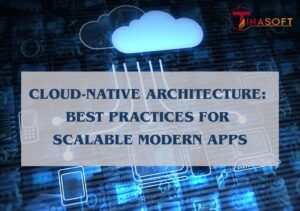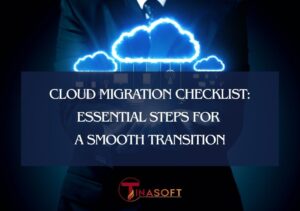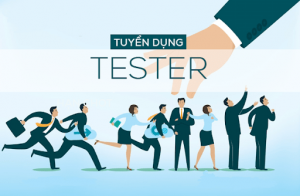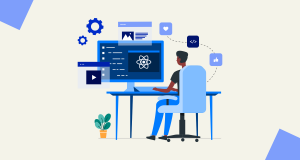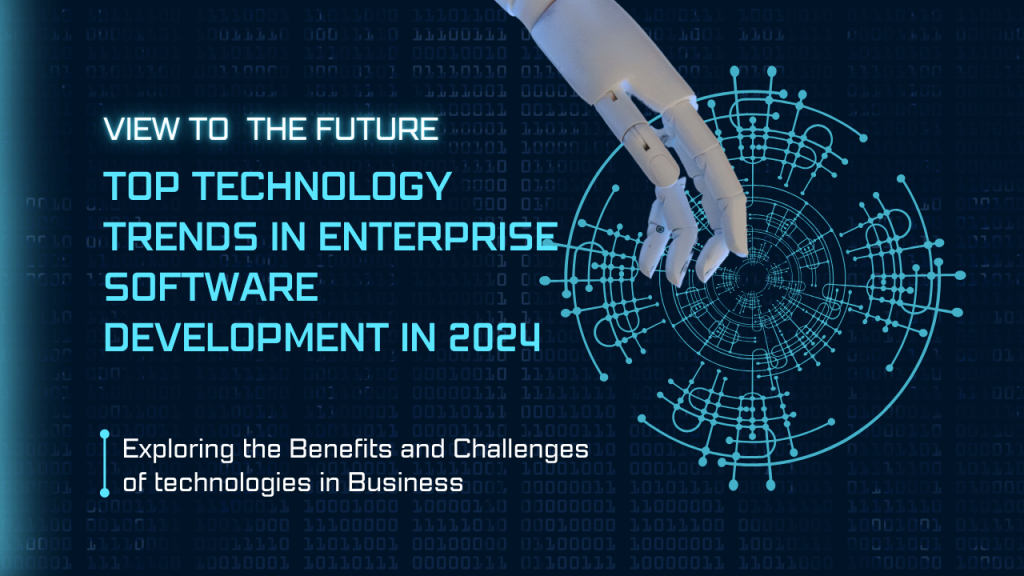
As we navigate through 2024, the enterprise software development landscape continues to evolve rapidly. This article explores the top technology trends reshaping enterprise software development, including Artificial Intelligence (AI), blockchain, the Internet of Things (IoT), and low-code/no-code platforms.
Artificial Intelligence (AI)
Benefits
- 1. Enhanced Decision-Making: AI-driven analytics provide actionable insights by processing vast amounts of data, enabling informed decision-making.
- 2. Automation: AI automates routine tasks, increasing efficiency and allowing employees to focus on strategic activities.
- 3. Personalization: AI enhances customer experience through personalized recommendations and services.
Challenges
- 1. Data Privacy and Security: Implementing AI requires access to large datasets, raising concerns about data privacy and security.
- 2. Integration Complexity: Integrating AI into existing systems can be complex and resource-intensive.
- 3. Skill Gap: There is a shortage of skilled professionals who can develop and manage AI applications.
Blockchain
Benefits
- 1. Transparency and Trust: Blockchain ensures transparency and trust in transactions by providing a decentralized and immutable ledger.
- 2. Security: Its cryptographic nature makes blockchain highly secure against fraud and cyber-attacks.
- 3. Efficiency: Blockchain can streamline processes such as supply chain management by eliminating intermediaries.
Challenges
- 1. Scalability: Blockchain networks can face scalability issues, impacting their performance in large-scale applications.
- 2. Regulatory Hurdles: Compliance with varying regulations across different regions can be challenging.
- 3. Adoption Barriers: Resistance to change and lack of understanding can hinder blockchain adoption in enterprises.

Internet of Things (IoT)
Benefits
- 1. Operational Efficiency: IoT devices collect real-time data, optimizing operations and reducing downtime.
- 2. Predictive Maintenance: IoT enables predictive maintenance by monitoring equipment health, preventing costly failures.
- 3. Improved Customer Insights: IoT provides valuable insights into customer behavior and preferences.
Challenges
- 1. Data Management: Managing and analyzing the vast amount of data generated by IoT devices is challenging.
- 2. Security Risks: IoT devices can be vulnerable to cyber-attacks, posing significant security risks.
- 3. Interoperability: Ensuring seamless communication between diverse IoT devices can be difficult.
Low-Code/No-Code Platforms
Benefits
- 1. Accelerated Development: These platforms allow faster application development by enabling non-technical users to create software.
- 2. Cost Efficiency: Reducing the need for extensive coding reduces development costs.
- 3. Agility: Low-code/no-code platforms enable quick adjustments to applications, improving business agility.
Challenges
- 1. Complexity Limitation: These platforms may not be suitable for developing highly complex applications.
- 2. Integration Issues: Integrating applications built on low-code/no-code platforms with existing systems can be challenging.
- 3. Customization Constraints: Limited customization options can be a drawback for enterprises with specific requirements.
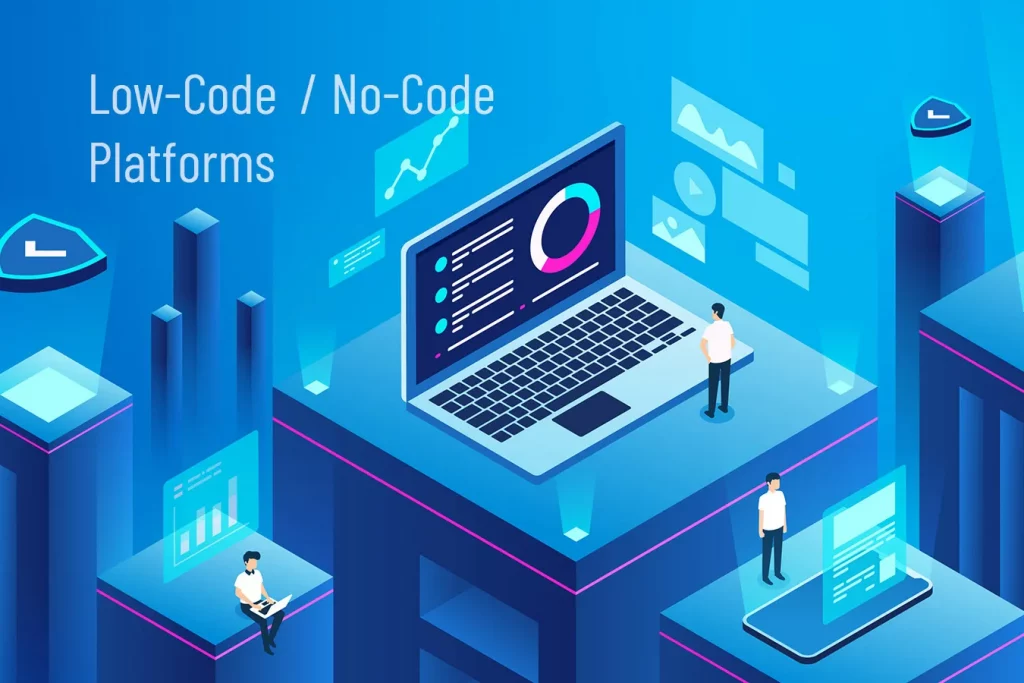
Conclusion
In 2024, enterprise software development is heavily influenced by AI, blockchain, IoT, and low-code/no-code platforms. These technologies offer significant benefits, including enhanced efficiency, improved decision-making, and increased security. By staying informed about these trends, businesses can maintain their leading position in software development technology and drive sustained growth.
Contact info:
🏢Address: 4th Floor, Ellipse Tower, 110 Tran Phu, Ha Dong, Hanoi
💻Website: https://tinasoft.io/
📧Email: contact@tinasoft.vn
📲Phone number: +(84) 0246 329 5589






